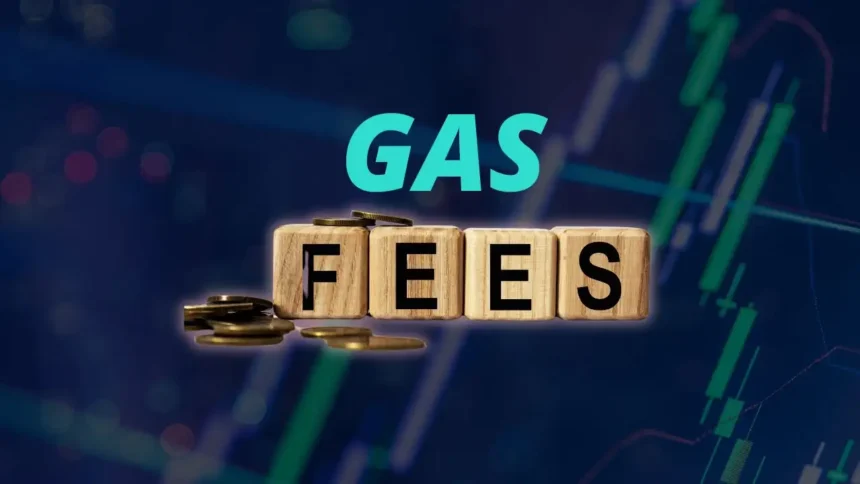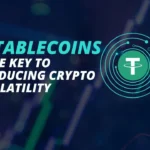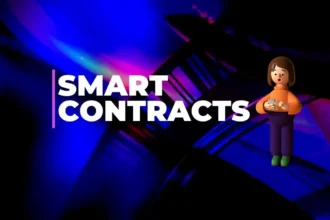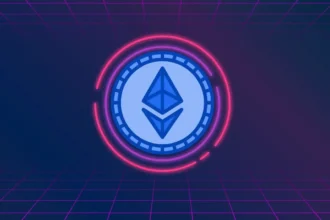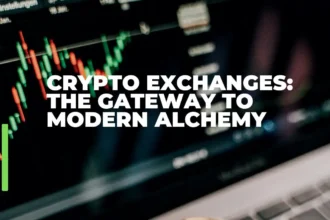Blockchain technology has captured the imagination of many, promising a decentralized future where financial transactions are seamless, transparent, and secure. However, amidst the allure of this technological marvel lies a less glamorous but crucial element: gas fees. These silent gatekeepers ensure the smooth operation of blockchain networks, acting as the toll collectors of the digital highway.

What Are Gas Fees?
Gas fees, often simply referred to as “gas,” are transaction fees paid to miners or validators for their work in processing and validating transactions on a blockchain network. Think of gas fees as the oil that keeps the engine of the blockchain running. Without them, the intricate machinery of decentralized finance (DeFi), smart contracts, and DApps would grind to a halt.
How Gas Fees Work
At its core, gas is a unit that measures the amount of computational effort required to execute operations, such as transactions and smart contracts. The amount of gas required depends on the complexity of the operation. Simple transactions cost less gas, while more complex operations, like interacting with a smart contract, require more.
Gas fees are influenced by several factors, including network demand, transaction complexity, and the price of the underlying cryptocurrency. When the network is congested, gas fees can skyrocket, as users compete to have their transactions processed quickly.
Gas Fees Across Different Blockchains
Ethereum: The Pioneer
Ethereum, the birthplace of smart contracts, is notorious for its high gas fees, especially during periods of high network activity. Despite this, it remains the most popular blockchain for DeFi and NFTs due to its robust ecosystem.
Binance Smart Chain: A Cost-Effective Alternative
Binance Smart Chain (BSC) offers lower gas fees compared to Ethereum, making it an attractive option for users seeking cost-effective transactions. Its compatibility with the Ethereum Virtual Machine (EVM) also allows for easy migration of Ethereum-based projects.
Solana: The High-Speed Contender
Solana boasts lightning-fast transaction speeds and minimal gas fees, positioning itself as a formidable competitor in the blockchain space. Its high throughput and scalability make it ideal for applications requiring quick and inexpensive transactions.
Why Gas Fees Fluctuate
The fluctuating nature of gas fees can be attributed to the dynamics of supply and demand. When network activity spikes, such as during major DeFi launches or NFT drops, the demand for block space increases, driving up gas fees. Additionally, the complexity of the transactions being processed also plays a significant role.
Strategies to Manage Gas Fees
Savvy users can employ several strategies to manage and reduce gas fees. Timing transactions during periods of lower network activity can result in lower fees. Additionally, exploring layer-2 solutions, such as rollups and sidechains, can offer significant cost savings. Lastly, considering alternative blockchains with lower gas fees, like BSC or Solana, can also be beneficial.
The Impact of Gas Fees on Users
Gas fees impact different users in various ways:
- For Traders and Investors: High gas fees can eat into profits, especially for those making frequent transactions.
- For Developers and DApp Creators: Gas fees represent a cost of doing business and can affect the viability of certain applications.
- For Everyday Transactions: High fees can discourage the use of blockchain for routine transactions, such as micropayments.
Gas Fees and DeFi
In the world of decentralized finance, gas fees are a double-edged sword. On one hand, they are necessary for network security and operation. On the other hand, high fees can create barriers to entry, especially for small investors. Innovations like layer-2 scaling solutions and cross-chain bridges are being developed to address these challenges.
Reducing Gas Fees: Current Innovations
Ethereum 2.0 and the Shift to Proof-of-Stake
Ethereum’s transition to Ethereum 2.0 and a proof-of-stake consensus mechanism promises to significantly reduce gas fees and improve scalability. This upgrade aims to make Ethereum more sustainable and efficient.
Layer-2 Scaling Solutions
Layer-2 solutions, such as Optimistic Rollups and zk-Rollups, operate on top of the main Ethereum chain, processing transactions off-chain and settling them in batches. This approach reduces the load on the main chain and lowers gas fees.
Cross-Chain Bridges
Cross-chain bridges enable interoperability between different blockchains, allowing users to transfer assets and data seamlessly. These bridges can alleviate congestion on a single network by distributing the load across multiple chains.
Environmental Impact of Gas Fees
The environmental impact of gas fees is closely tied to the energy consumption of proof-of-work (PoW) systems. High gas fees often indicate high network activity, which correlates with increased energy usage. Efforts to transition to more sustainable consensus mechanisms, like proof-of-stake, are crucial in addressing these concerns.
The Future of Gas Fees
As blockchain technology evolves, the future of gas fees looks promising. Advances in consensus mechanisms, scalability solutions, and cross-chain interoperability are set to reduce gas fees and make blockchain more accessible. Industry experts predict that as these innovations mature, the barriers posed by high gas fees will diminish, paving the way for broader adoption.
Case Studies
High Gas Fees During DeFi Summer
The summer of 2020 saw an explosion of interest in DeFi projects, leading to unprecedented congestion on the Ethereum network. Gas fees soared, highlighting the need for scalable solutions.
Gas Fees During Major NFT Drops
The popularity of NFTs has also contributed to high gas fees, as users rush to mint and trade digital collectibles. Events like the launch of high-profile NFT collections have resulted in significant network congestion.
Comparison of Gas Fees Across Different Periods
Analyzing gas fees during different periods of network activity provides insights into the factors driving fluctuations and the effectiveness of various mitigation strategies.
Expert Opinions
Industry leaders recognize the importance of gas fees in maintaining network security and functionality. However, they also acknowledge the need for innovative solutions to make blockchain more accessible. Experts believe that ongoing developments in scaling technologies and consensus mechanisms will address many of the current challenges.
Common Misconceptions About Gas Fees
Myth: Gas fees are a fixed cost.
Reality: Gas fees vary based on network activity, transaction complexity, and other factors.
Myth: High gas fees only affect small transactions.
Reality: High gas fees impact all users, but the relative cost is more burdensome for smaller transactions.
Myth: There is no way to reduce gas fees.
Reality: Strategies like timing transactions, using layer-2 solutions, and exploring alternative blockchains can help manage gas fees.
Conclusion
Gas fees, though often overlooked, are a vital component of the blockchain ecosystem. They ensure the smooth operation of networks and incentivize miners or validators to process transactions. While high gas fees can pose challenges, ongoing innovations promise to make blockchain technology more efficient and accessible. Understanding and navigating gas fees is essential for anyone participating in the world of crypto.
FAQ
What exactly are gas fees in crypto?
Gas fees are transaction fees paid to miners or validators for processing and validating transactions on a blockchain network.
How can I reduce my gas fees?
You can reduce gas fees by timing your transactions during periods of lower network activity, using layer-2 solutions, and exploring alternative blockchains with lower fees.
Are high gas fees a sign of a healthy network?
High gas fees can indicate high network activity and demand, but they also highlight the need for scalable solutions to manage congestion.
What is the future outlook for gas fees?
The future looks promising with advances in consensus mechanisms, scalability solutions, and cross-chain interoperability set to reduce gas fees and improve accessibility.
How do gas fees impact the environment?
High gas fees often correlate with increased energy usage in proof-of-work systems. Transitioning to more sustainable consensus mechanisms like proof-of-stake is crucial for reducing environmental impact.

